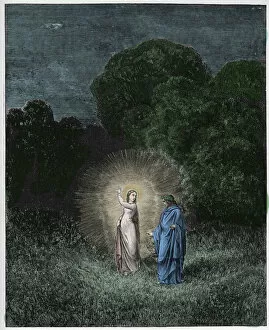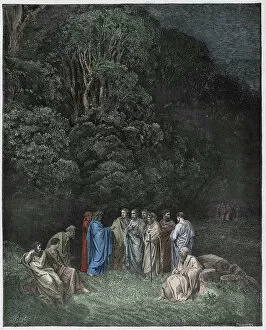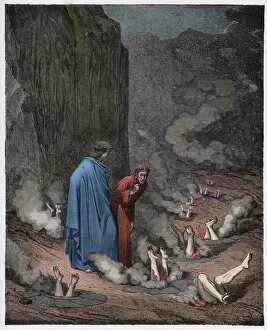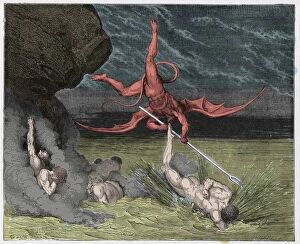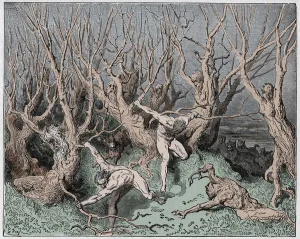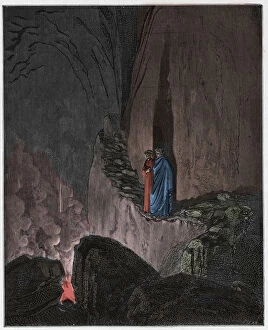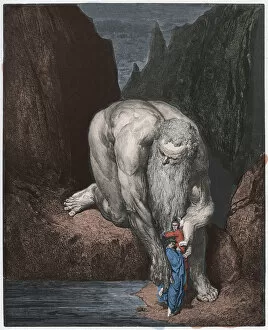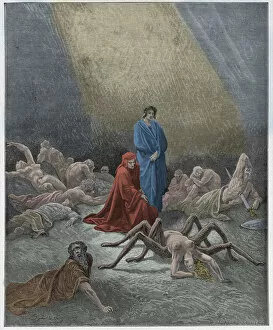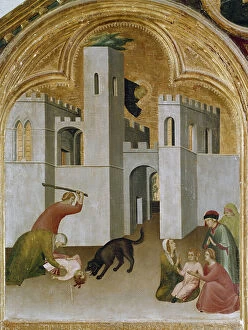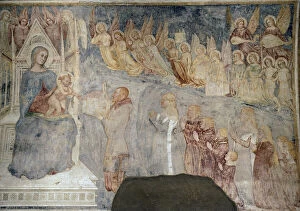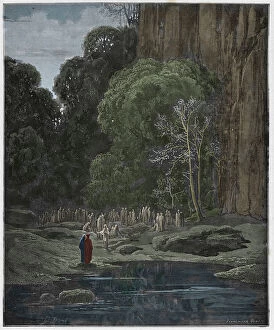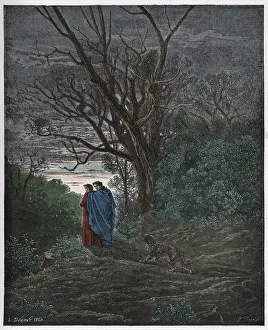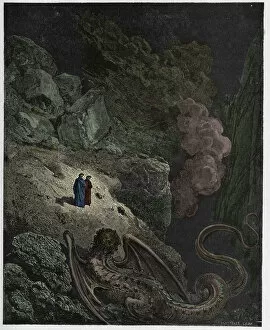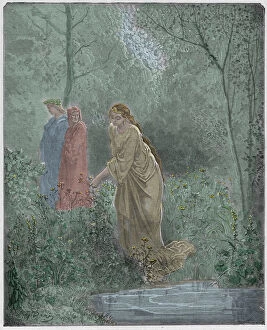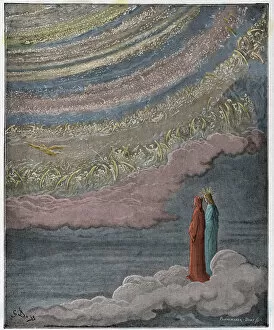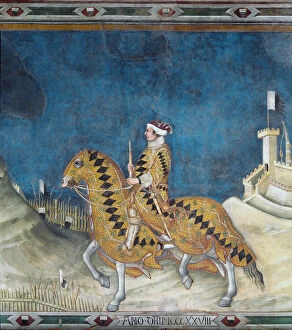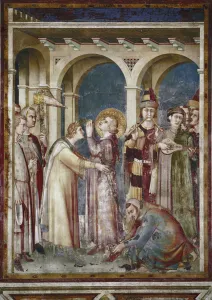Quattordicesimo Secolo Collection
"Quattordicesimo secolo: A Journey Through Dante's Divine Comedy and Medieval Art" Step back in time to the 14th century
All Professionally Made to Order for Quick Shipping
"Quattordicesimo secolo: A Journey Through Dante's Divine Comedy and Medieval Art" Step back in time to the 14th century, a period of profound artistic and literary achievements. In Paradiso, Canto 31, we witness the celestial beauty as the saintly throng forms a magnificent rose in the empyrean. This ethereal scene captures the essence of divine perfection. In Inferno, Canto 4, we encounter Homer, poets, and heroes residing in Limbo. These great minds from antiquity find solace amidst their eternal exile. Their presence reminds us of the timeless power of literature and its impact on human civilization. Moving forward to Inferno, Canto 19, we witness Dante fearlessly rebuking Pope Nicholas III in the fourth bolgia. This bold act showcases his unwavering commitment to truth and justice even when confronting powerful figures. Inferno continues to captivate our imagination in Canto 22 as Ciampolo cunningly escapes the demon Alichino in the fifth bolgia. The suspenseful chase keeps us on edge while highlighting Dante's ability to craft thrilling narratives. The visual arts also flourished during this era with masterpieces like "The resurrection of the dead child. " Painted with tempera on wood around 1330, it depicts a miraculous event that fills our hearts with hope and wonder. Another remarkable artwork is "Decapitation of St. Columba, " created around 1340 using tempera on panel. This vivid portrayal transports us into an episode from St. Columba's life filled with bravery and sacrifice for his faith. "The miracle of the child grabbed between fangs of a wolf" is part of "History of Hermit Saint Augustine, " painted between 1325-1328 using tempera on wood. It illustrates an extraordinary moment where divine intervention saves an innocent soul from perilous danger.


